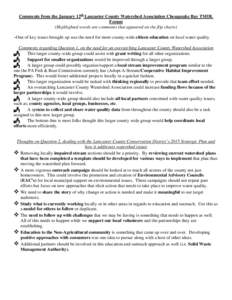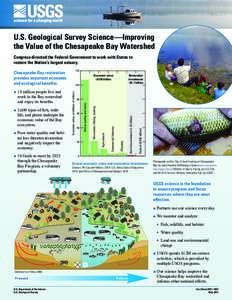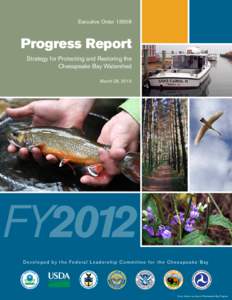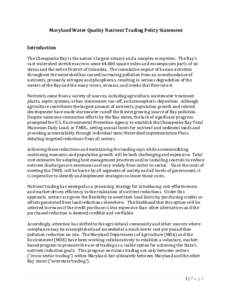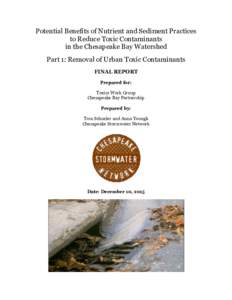<--- Back to Details
| First Page | Document Content | |
|---|---|---|
 Date: 2013-12-06 14:34:31Chesapeake Bay Watershed Clupeidae Sport fish American shad Fauna of the United States Potomac River Chesapeake Bay Indicator Rappahannock River Geography of the United States Virginia State governments of the United States |
Add to Reading List |
 Revised Shad Abundance Indicator
Revised Shad Abundance Indicator